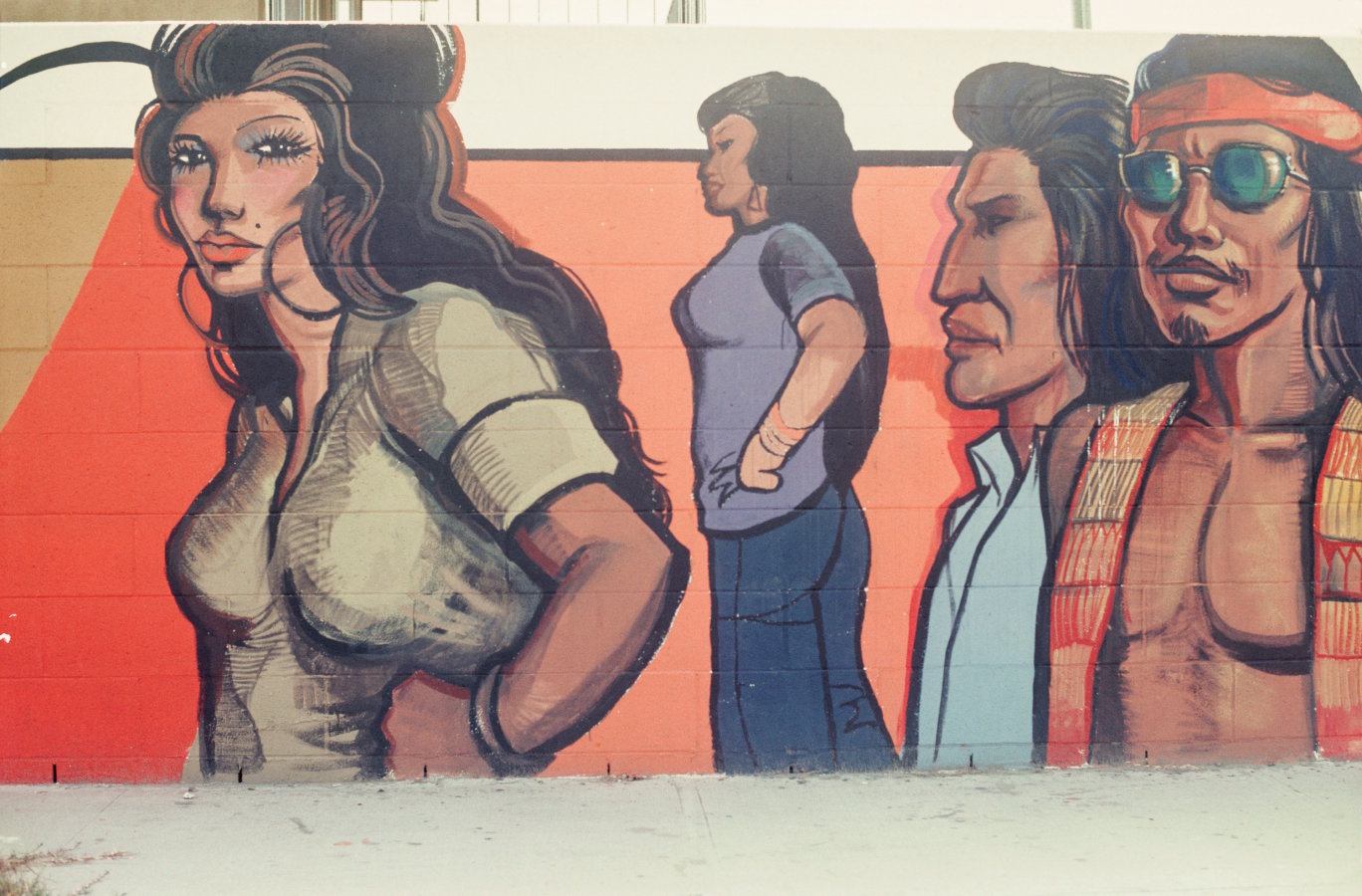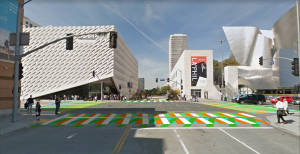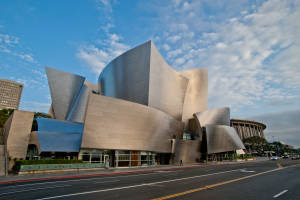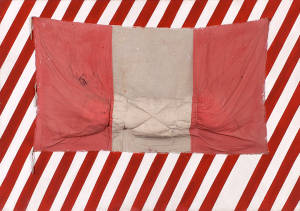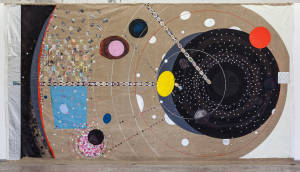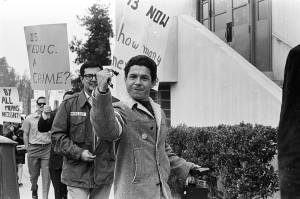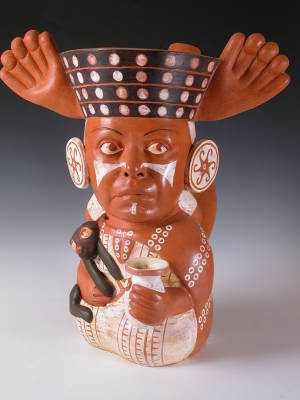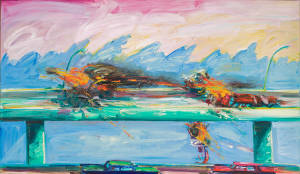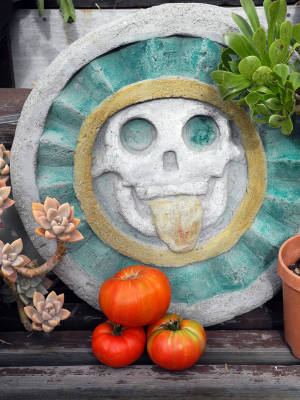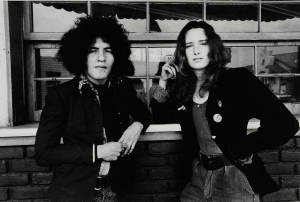Chicana/o murals in LA express identity, empower communities, and challenge dominant cultural norms, making them targets of censorship and destruction. Through stories of eight murals, this exhibition documents controversy and loss while celebrating artistic and historical contributions.
¡Murales Rebeldes! L.A. Chicana/o Murals under Siege looks at how Chicana/o murals in the greater Los Angeles area have been contested, challenged, censored, and even destroyed. During the late 1960s and 1970s, murals became an essential form of artistic response and public voice for the Chicano Movement, at a time when other channels of communication were limited for the Mexican-American community. The alternative vision of community empowerment these works presented could be transformative for some and deeply unsettling for others. The exhibition will examine a group of murals produced in the greater Los Angeles area in the 1970s to the 1990s that were subsequently threatened or destroyed, including murals by Barbara Carrasco, Roberto Chavez, Willie Herrón, and Sergio O’Cadiz, among others. By presenting this series of case studies, or “mural stories,” LA Plaza de Cultura y Artes, in collaboration with the California Historical Society, will examine how the iconography, content, and artistic strategies of the muralists challenged dominant cultural norms and historical narratives.
Chicana/o murals in LA express identity, empower communities, and challenge dominant cultural norms, making them targets of censorship and destruction. Through stories of eight murals, this exhibition documents controversy and loss while celebrating artistic and historical contributions.
¡Murales Rebeldes! L.A. Chicana/o Murals under Siege looks at how Chicana/o murals in the greater Los Angeles area have been contested, challenged, censored, and even destroyed. During the late 1960s and 1970s, murals became an essential form of artistic response and public voice for the Chicano Movement, at a time when other channels of communication were limited for the Mexican-American community. The alternative vision of community empowerment these works presented could be transformative for some and deeply unsettling for others. The exhibition will examine a group of murals produced in the greater Los Angeles area in the 1970s to the 1990s that were subsequently threatened or destroyed, including murals by Barbara Carrasco, Roberto Chavez, Willie Herrón, and Sergio O’Cadiz, among others. By presenting this series of case studies, or “mural stories,” LA Plaza de Cultura y Artes, in collaboration with the California Historical Society, will examine how the iconography, content, and artistic strategies of the muralists challenged dominant cultural norms and historical narratives.
Show More...

